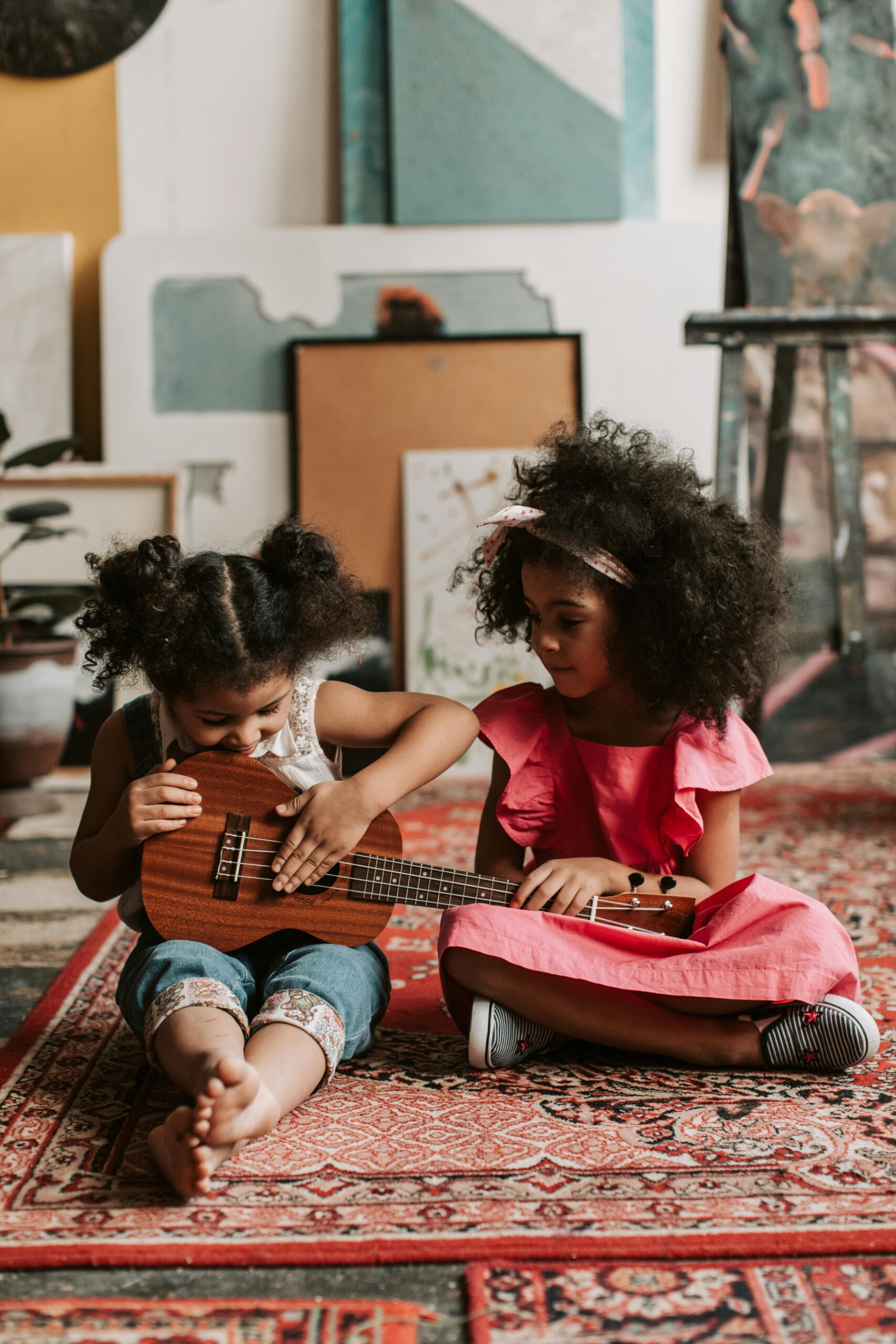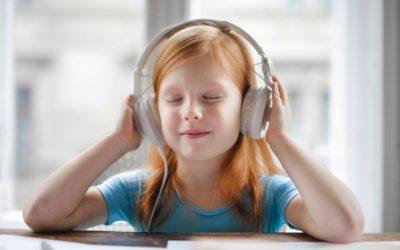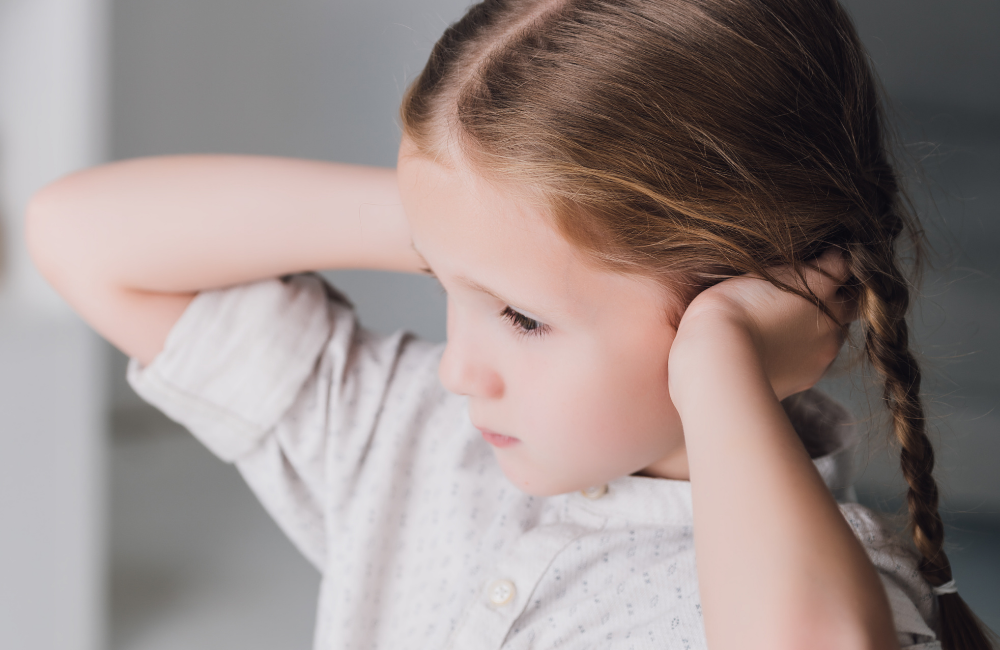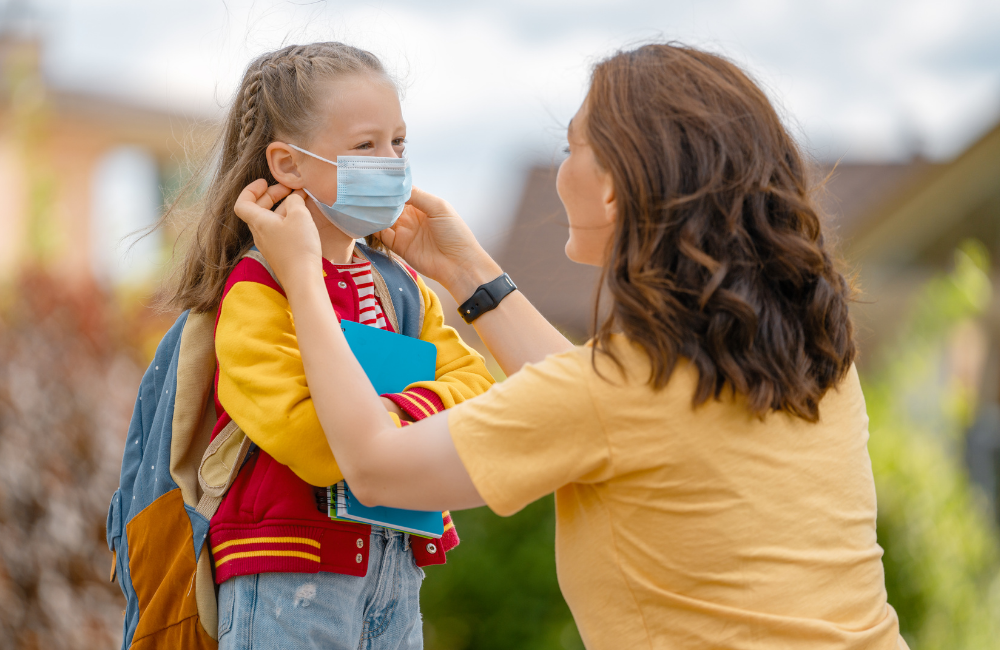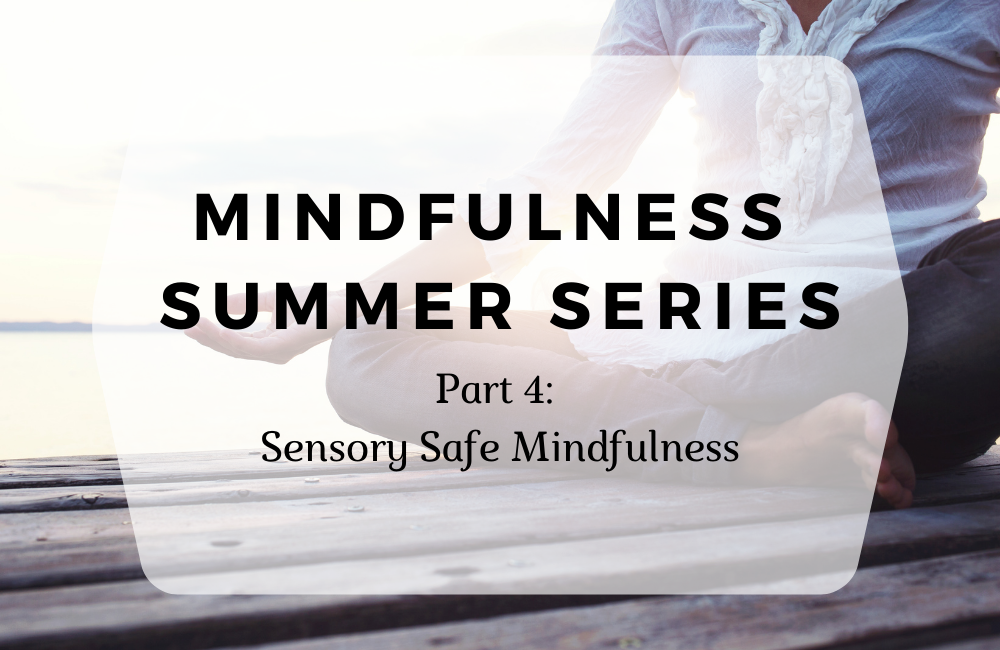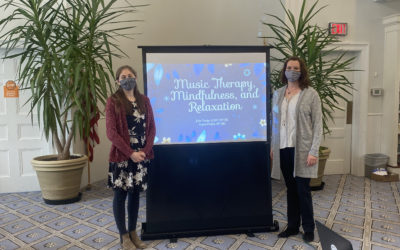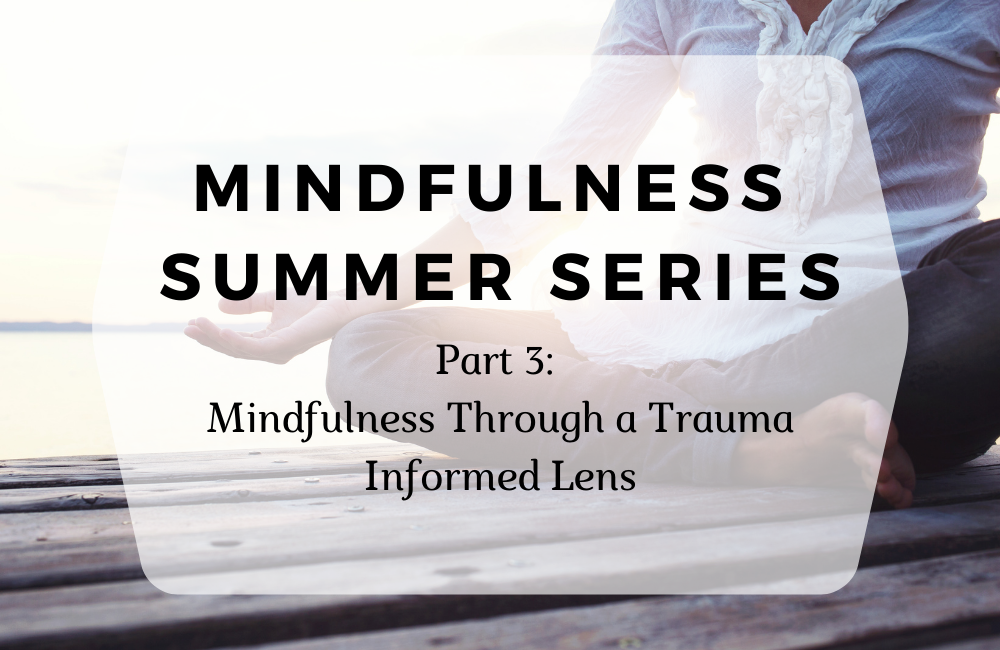This blog was written by Robin Neary and Amy Thomas. Happy World Music Therapy week! It brings us joy to know that all around the world music therapists are coming together to celebrate and educate our communities on our profession. This year, Upstate Music Therapy...
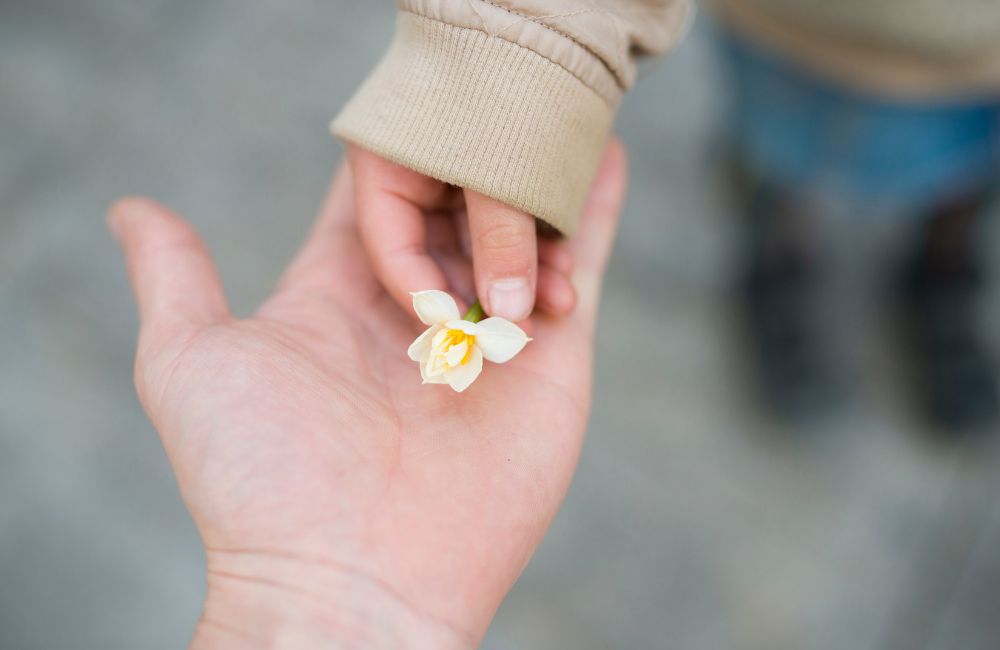
Parenting: Finding Calm in the Chaos (Part 2)
Understanding ourselves, as parents, and being aware of how we respond to difficult situations, can greatly improve our parenting approach and by doing so increase healthy and helpful interactions with our children. When this happens both
the parents, children, and spousal relationship begin to notice a sense of calm even during the expected chaotic moments of raising children.
In Part 1 of this 2-part blog series, Parenting: Finding Calm in the Chaos, we focused on supporting parents by providing an adult inventory of potential triggers when parenting. If you did not get a chance to review that inventory, we encourage you to read the first blog and take a moment to reflect before attempting to implement the strategies we’ll be sharing with you today.
No matter if your children have special needs, mental health challenges, or are typically developing, there are some helpful strategies we use as therapist, we believe are beneficial when implemented by parents as well. Keeping
in mind what you learned about your triggers and the things you can do to manage your needs, let’s now look at strategies to use with your children.
- 5 Suggested Strategies to Use with Your Children:
- Start the day with background music. Even before your children’s feet hit the floor have preselected music that you have noticed creates a calming environment for your family. This might be a playlist, nature-focused music, or a particular genre. Music can help instill calm, promote self-regulation, and impart a happy feeling. One idea for your
family to try is this link of Disney Relaxing Piano. - Identify and communicate the allowed behaviors. Setting clear boundaries for children is vital. If they do not understand what is allowed and what is not, despite which adult is watching them, this can create confusion. For example, a parent can say the following: “Sitting at the table with feet on the floor and cleaning up your table space
when finished eating will tell me that are ready for family game time.” Adopting the same style of communication as shown in this example is important for both parents to use as consistency creates calm. Notice how it was focused on the allowed behaviors. - Used planned-ignoring. There are times when your child wants attention and in some cases they will seek it anyway they can get it. Catching the child as soon as they stop a particular inappropriate attention seeking behavior and immediately giving them attention begins to shape their actions. They will learn that I do not have to be loud or
doing something I am not supposed to be doing to get mom or dad’s attention. - Add fun perks for everyone working together. The idea of teaching a family to be a team increases the prospect of decreasing chaos. When children see that everyone is doing their part of the chores gets the work done quickly leaving time for movie night, they are much more apt to do their part without resistance. No child is too young to be
involved. There are always simple tasks that can be completed by children as young as two and you will find that they really like having their own special role. - Consider a Safe or Sensory Space. Many of us were raised with the concept of time out. The point was to send a child to a separate location so that they are removed from the activity that is going on because they were misbehaving. We encourage coming at this from a more nurturing perspective. When we can identify the reason the child needs a change, such as your body does not look safe right now or you seem to need a quieter place to calm your thoughts you are letting the child know that you are paying attention and realize they are struggling. When a child is doing something that appears unsafe then helping them to understand the need to have them move to a safe chair or safe zone will make sure that no one gets hurt. The message is now coming from the focus of “Because I love you and your siblings, we want to be sure everyone stays safe”. When children notice their needs are being recognized, they calm much quicker. Many times, a child can learn to self-regulate on their own if provided with the most helpful environment. Below are examples to consider.
- Start the day with background music. Even before your children’s feet hit the floor have preselected music that you have noticed creates a calming environment for your family. This might be a playlist, nature-focused music, or a particular genre. Music can help instill calm, promote self-regulation, and impart a happy feeling. One idea for your
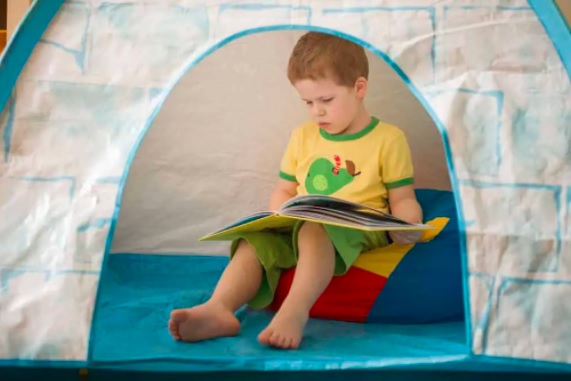
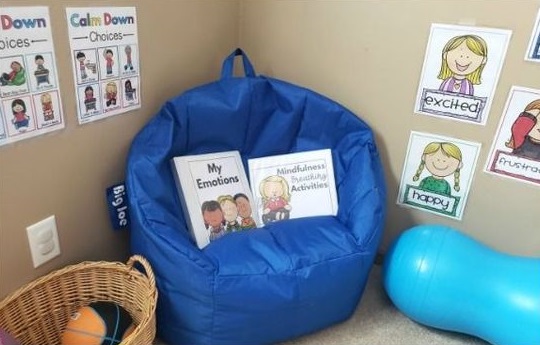
“Our greatest source of chaos can also be our greatest source of peace.
This is very true when it comes to parenting”.
– Amy Thomas
To reach out to a Licensed Creative Arts Therapist related to specific needs with a child click on our contact us link and one of our therapists will be in touch.
World Music Therapy Week 2024
The Planets: A Story Orchestra
Blog post written by Abby Hamel On April 8th, 2024, an out-of-this-world event will occur: the solar eclipse! Rochester is lucky enough to be in the path of totality for this eclipse and I can feel the excitement around me. The Planets by Helen Mortimer is the newest...
Children’s Songs That Won’t Drive You Mad
Blog written by Rebecca Szalay If you are the parent of a young child, chances are you have a CD or playlist of young children’s songs that you listen to everywhere, especially in the car. You may also find yourself singing “Baby Shark” in the grocery store because...

